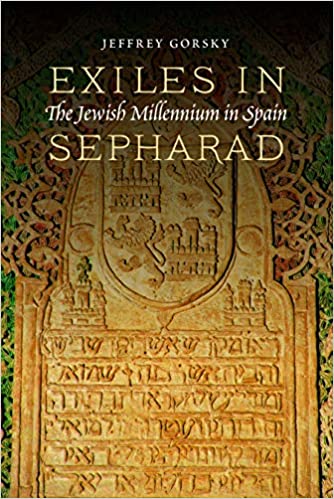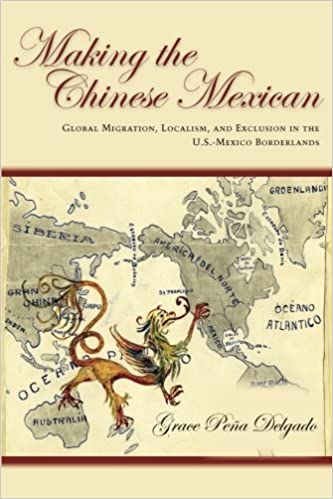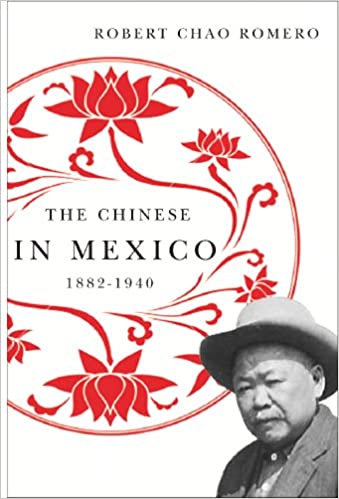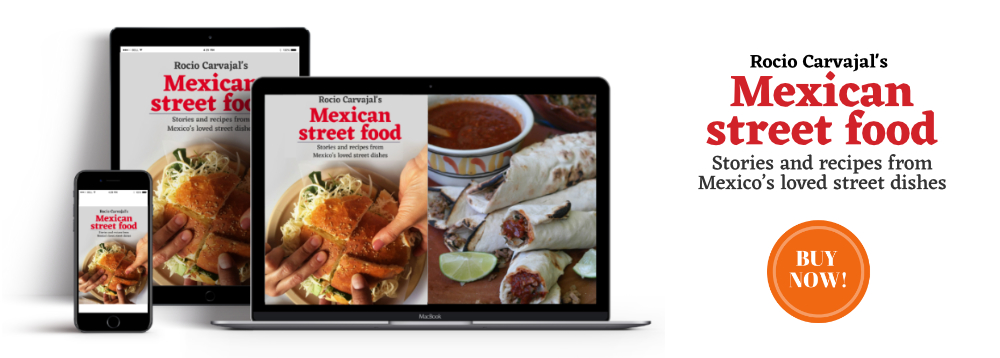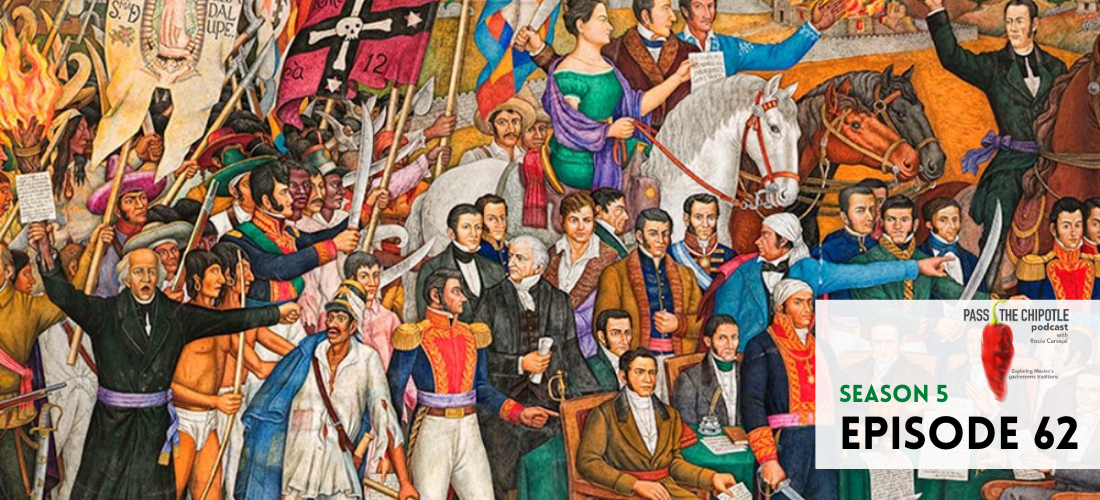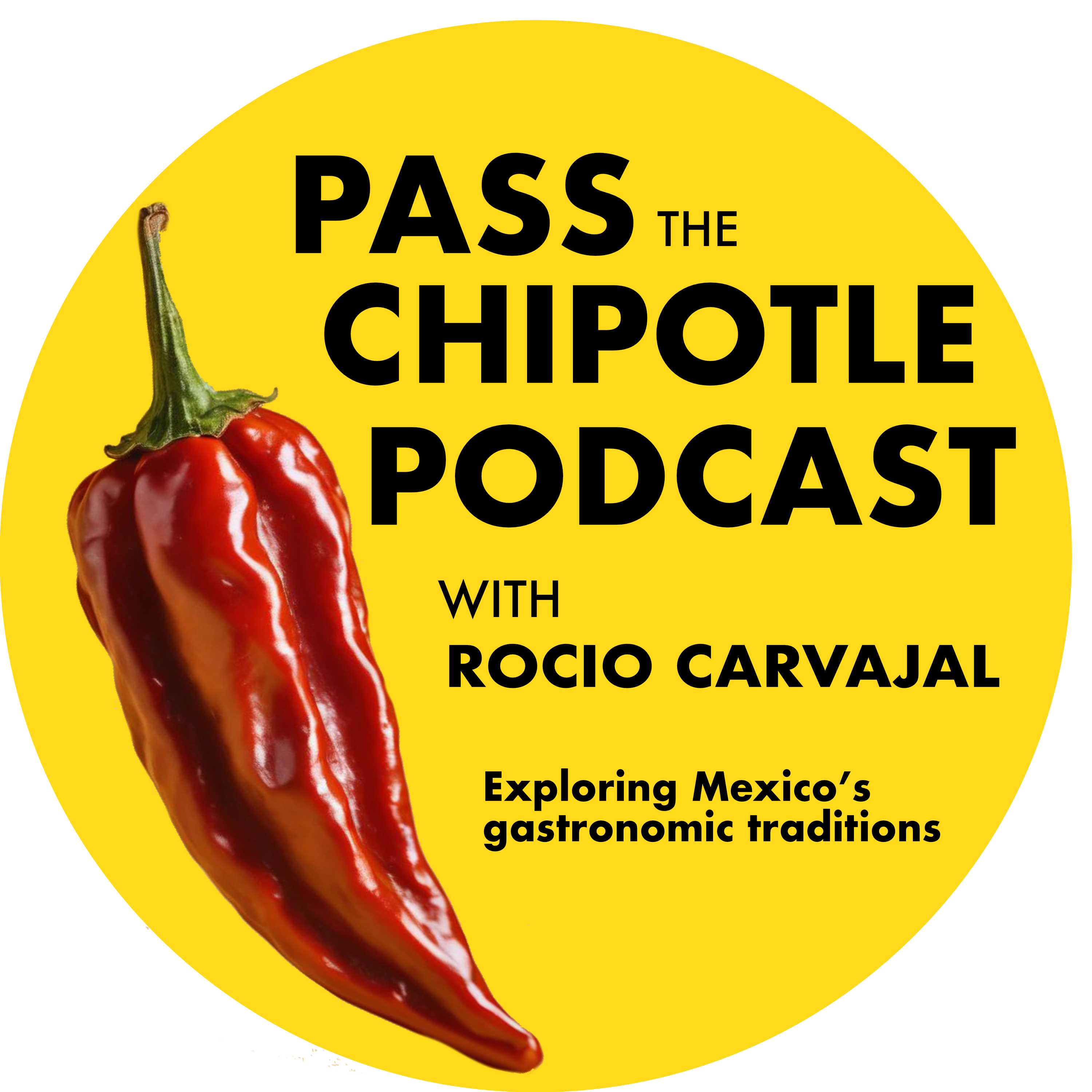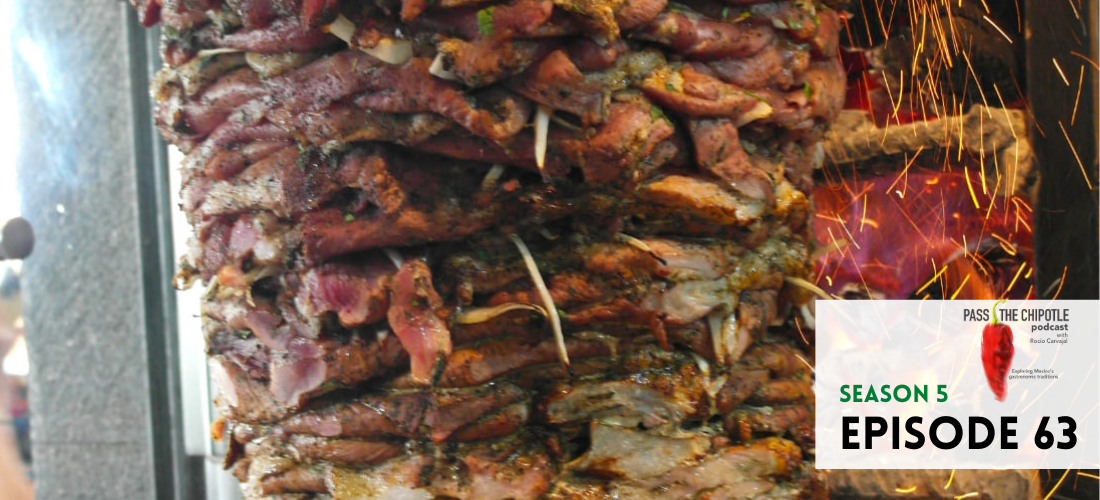
Book recommendations
So Far from Allah, So Close to Mexico: Middle Eastern Immigrants in Modern Mexico. By Theresa Alfaro-Velcamp. https://amzn.to/30lFqQM
Making the Chinese Mexican: Global Migration, Localism, and Exclusion in the U.S.-Mexico Borderlands. By Grace Delgado https://amzn.to/2SfuK1I
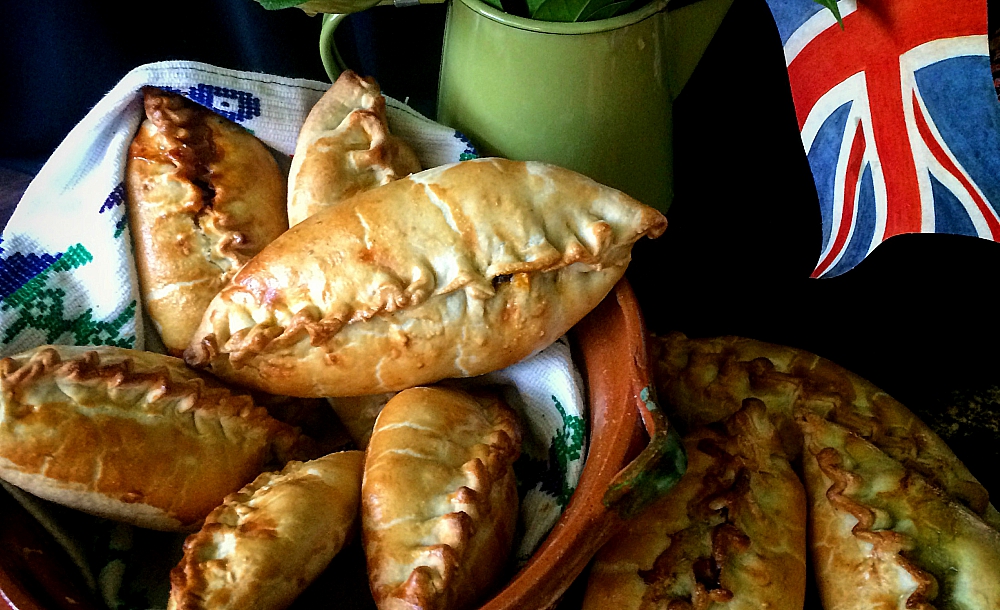
Mexican “Pastes”
2018-03-16 12:11:40

Yields 6
Prep Time
40 min
Cook Time
30 min
Total Time
1 hr 10 min
Prep Time
40 min
Cook Time
30 min
Total Time
1 hr 10 min
Ingredients
- To make the paste crust
- 540g plain flour
- 150g shortening (or use 75g butter and 75g shortening)
- 4-6 tbsp cold water
- Pinch of salt
- For the Tinga
- 10 very ripe tomatoes
- 1 big french onion
- 1 clove of garlic
- 2 tbsp chipotle adobo or salsa if you have it to hand
- 4 twigs of fresh thyme
- 1 tsp of fresh oregano
- 2 bay leaves
- 1/2 tbsp hard packed brown sugar
- 5 tbsp olive oil
- salt
To make the Tinga
- Dice the tomatoes, reserve in a bowl.
- Slice the whole onion as thinly as possible in rings like you would for an onion soup.
- Crush the clove of garlic.
- In a deep pan heat the olive oil, add the tomatoes, onion and garlic. You will cook them on a high heat stirring constantly for about 5 minutes.
- Eventually add the herbs, chipotle, sugar and salt. Lower the heat and let it simmer on a medium heat for about 20 minutes.
- The aim is to reduce the tomato juice and cook the dish slow and long until the tomatoes look deep crimson and the onions are absolutely soft, it should almost resemble a paste.
- When it’s done, turn off and keep covered.
- To make the crust
- RUb the shortening, salt and butter with the dough until it resembles breadcrumbs, add the water to form a dough and work until it’s smooth, left to rest, and then roll out until it’s about 3-4mm thick.
- Using a dish or plate of about 15cm in diameter, cut out perfect circles, before placing a generous portion – of about 4 tablespoons of tinga- in the middle of each paste.
- Now on to the closing of the paste: using a traditional crimping method – the twisted crimp – which aims to create twists along the edge to seal the dough. It is said that Cornish pasties have around 20 crimps.
- There’s a debate around the position of the crimp, while some say it should be on top, many argue it must go along the side. None of these really affect the delicious flavour of course, so you can do whatever works best for you, but the instructions which follow put the crimp at the top of the paste.
- To seal the dough fold both sides of the disk toward the middle, keeping the filling in the centre, and pressing both sides of the dough together firmly to form a sort crest on top which encloses the filling.
- To crimp: push down on the edge of the paste and twist the edges of the pastry over to seal the filling inside. When you’ve crimped along the edge leave it to rest for a few minutes before placing your pastes on a baking sheet. Given them a generous egg wash before baking at 180 degree Celsius in a preheated oven for 25-30 minutes.
- Remove from the oven when the crust is golden brown and allow them to cool before serving.
- Remember, Unlike Cornish pasties, Mexican pastes will require less baking time as the filling is already cooked.
By Rocio Carvajal
Pass the Chipotle https://www.passthechipotle.com/



